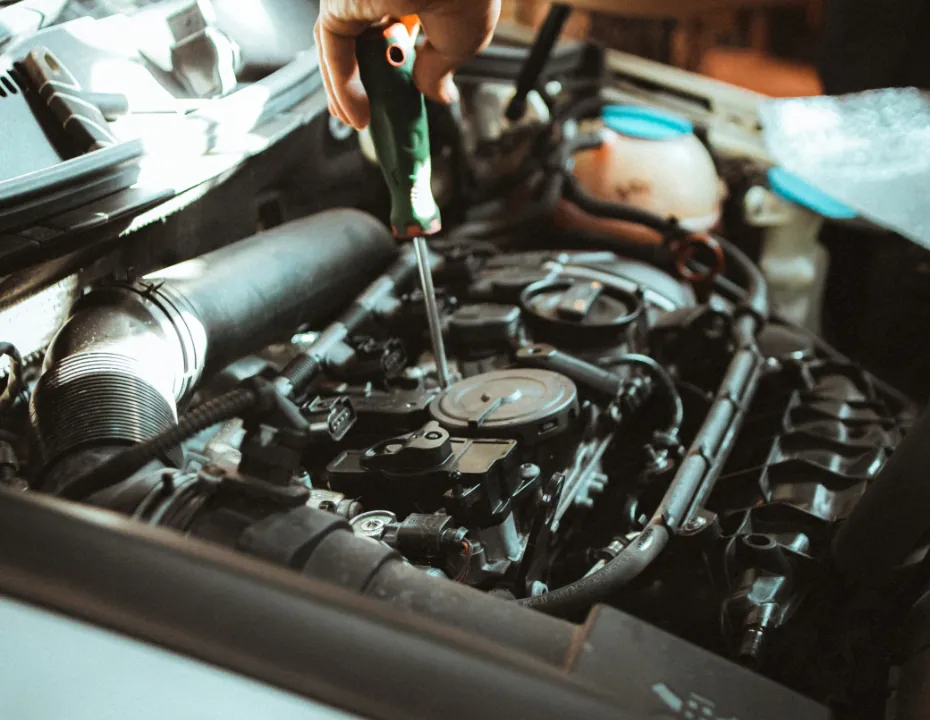Monday to Saturday - 8:00 am -6:00 pm

Regular maintenance is crucial for keeping your vehicle running smoothly and ensuring its longevity. Here’s a comprehensive guide to regular vehicle maintenance:
- Oil and Filter Changes:
- Change the engine oil and oil filter according to the manufacturer’s recommended intervals. This helps lubricate engine components and remove contaminants.
- Fluid Checks and Top-Ups:
- Regularly check and top up fluids such as coolant, transmission fluid, brake fluid, power steering fluid, and windshield washer fluid to ensure proper functioning of various vehicle systems.
- Tire Care:
- Check tire pressure regularly and maintain it at the recommended level to ensure optimal fuel efficiency, tire wear, and handling.
- Rotate tires at specified intervals to promote even wear and extend tire life.
- Inspect tires for signs of damage, such as cuts, bulges, or uneven wear, and replace them if necessary.
- Brake Maintenance:
- Monitor brake fluid levels and check for any leaks.
- Inspect brake pads, rotors, and brake lines regularly for wear and damage, and replace them as needed.
- Have the brakes professionally inspected and serviced according to the manufacturer’s recommendations.
- Battery Care:
- Clean battery terminals and connections regularly to prevent corrosion.
- Test the battery voltage and replace it if it’s weak or not holding a charge.
- Air Filter Replacement:
- Replace the engine air filter according to the manufacturer’s recommended intervals to ensure optimal engine performance and fuel efficiency.
- Cooling System Maintenance:
- Flush and replace coolant according to the manufacturer’s recommendations to prevent overheating and corrosion.
- Spark Plug Replacement:
- Replace spark plugs at the recommended intervals to ensure proper ignition and fuel efficiency.
- Suspension and Steering:
- Inspect suspension components, including shocks, struts, and bushings, for wear and damage.
- Check steering components, such as tie rods and ball joints, for signs of wear and looseness.
- Exhaust System Inspection:
- Check the exhaust system for leaks, rust, or damage, and repair or replace any faulty components.
- Lights and Signals:
- Regularly check all exterior lights, including headlights, taillights, brake lights, turn signals, and hazard lights, to ensure they are working correctly.
- Regular Wash and Wax:
- Keep the vehicle clean, both inside and out, to prevent corrosion and maintain its appearance.
- Owner’s Manual:
- Follow the manufacturer’s recommended maintenance schedule outlined in the owner’s manual for specific guidance tailored to your vehicle.
By staying proactive with regular maintenance and addressing any issues promptly, you can keep your vehicle in top condition, minimize the risk of breakdowns, and extend its lifespan. If you’re unsure about any aspect of vehicle maintenance, consult with a qualified mechanic or refer to your vehicle’s owner’s manual for guidance.
